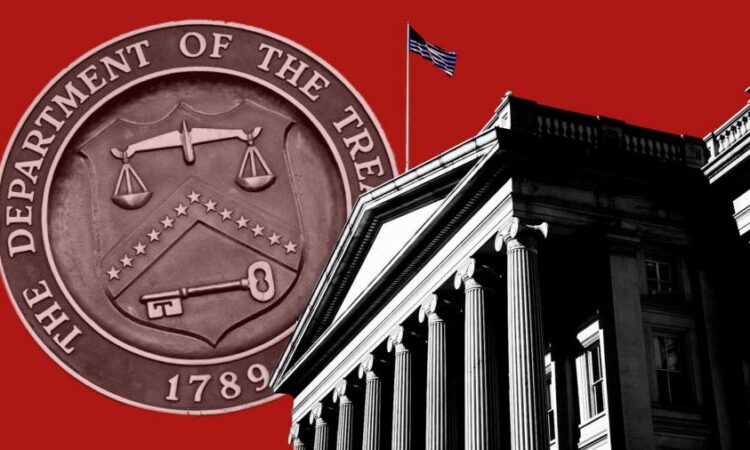
Blowout earnings from chipmaker Nvidia pushed US equities higher on Thursday, overshadowing concerns about a debt-ceiling deal and higher interest rates.
Wall Street’s tech-heavy Nasdaq Composite jumped 1.7 per cent while the benchmark S&P 500 rose 0.9 per cent, rebounding from losses earlier in the week.
Both were bolstered by Nvidia, which rose 24.4 per cent, lifting the company’s market capitalisation by $184bn. The group’s quarterly earnings on Wednesday far exceeded analysts’ expectations, propelled by soaring demand for chips used in generative artificial intelligence systems. Microsoft and Alphabet, which are heavily involved in AI development, rose 3.8 per cent and 2.2 per cent respectively.

ASML, Europe’s largest tech company, climbed nearly 5 per cent and BE Semiconductor added 7.6 per cent. In Asia, South Korea’s SK Hynix jumped 5.9 per cent.
In the US, the yield on two-year Treasury notes rose to the highest level since the banking turmoil in March, as investors increased bets that the Federal Reserve would raise interest rates again this year. Lower than expected unemployment claims and an upward revision to first-quarter gross domestic product figures were behind the reconsideration.
The two-year yield rose 0.15 percentage points to 4.5 per cent. The yield on 10-year notes also rose to its highest level since March 10, up 0.08 percentage points to 3.8 per cent. In the futures market, traders priced in another 0.25 percentage point increase in interest rates by July.
Expectations of higher interest rates typically hurt stocks, with tech names often regarded as more sensitive.
US Republican negotiators on Thursday said some progress had been made in debt-ceiling talks, though a deal has not yet been reached.
Yields on Treasury bills maturing June 6 — close to the expected date that the US government could run out of money — were trading at 6.8 per cent on Thursday, according to Tradeweb pricing, having hit a high of 7.5 per cent the previous day.
Fitch, the rating agency, signalled that it could downgrade the US’s credit rating and put its triple A rating on negative watch, because of “increased political partisanship that is hindering reaching a resolution” on the debt ceiling.
Fitch last moved the US to negative watch during debt-ceiling negotiations in Washington in October 2013, two days before that year’s so-called X-date, when the government was expected to run out of cash.
In the UK, gilts sold off again, having fallen on Wednesday after data showed inflation dropped to 8.7 per cent in April — a much smaller decline than the Bank of England had forecast.
The yield on two-year gilts rose 0.17 percentage points to 4.5 per cent. At the end of last week the yield was below 4 per cent.
The yield on the 10-year also rose 0.16 percentage points to 4.36 per cent, approaching levels hit in October 2022 when the “mini” Budget of then-chancellor Kwasi Kwarteng sent financial markets into a tailspin.
Traders have raised their forecasts for UK interest rates and now expect rates to peak at 5.5 per cent by the end of the year, compared with forecasts of 4.9 per cent just a week ago.
“There is an ongoing fear associated with inflation being out of control in the UK [ . . . ] there has been some concern about the central bank’s ability to address that,” said Joel Kruger, market strategist at LMAX Group.
London’s FTSE 100 traded 0.7 per cent lower on Thursday, making it the biggest faller in Europe among big markets.
In Asia, Hong Kong’s Hang Seng index shed 1.9 per cent while China’s benchmark CSI 300 index fell 0.2 per cent. Japan’s Topix dipped 0.3 per cent.



